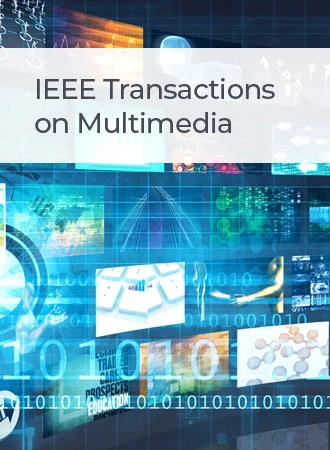JPEG Reversible Data Hiding via Block Sorting Optimization and Dynamic Iterative Histogram Modification
IF 9.7
1区 计算机科学
Q1 COMPUTER SCIENCE, INFORMATION SYSTEMS
引用次数: 0
Abstract
JPEG reversible data hiding (RDH) refers to covert communication technology to accurately extract secret data while also perfectly recovering the original JPEG image. With the development of cloud services, a large number of private JPEG images can be efficiently managed in cloud platforms by embedding user ID or authentication labels. Nevertheless, data embedding operations may inadvertently disrupt the encoding sequence of the original JPEG image, resulting in severe distortion of the host image when it is re-compressed to JPEG format. To address this problem, this paper proposes a new JPEG RDH scheme based on block sorting optimization and dynamic iterative histogram modification. We firstly design a block ordering optimization strategy by combining the number of zero coefficients and the quantization table values of non-zero coefficients in a DCT block. Subsequently, a dynamic iterative histogram modification scheme is proposed by considering the local features and embedding capability of histograms generated from different texture images. According to the given payloads, we introduce different parameters to control the iterations of two-dimensional histogram and then adaptively generate the optimal histogram modification mapping, which can realize low JPEG file size increments by guaranteeing most of the AC coefficients unchanged as much as possible. Numerous experiments have shown that our scheme can achieve an effective balance among embedding capacity, visual quality, file size increment, computational complexity, and outperforms the state-of-the-arts in terms of the above metrics.基于块排序优化和动态迭代直方图修改的JPEG可逆数据隐藏
JPEG可逆数据隐藏(RDH)是指在精确提取秘密数据的同时又能完美恢复原始JPEG图像的隐蔽通信技术。随着云服务的发展,通过嵌入用户ID或认证标签,可以在云平台上对大量私有JPEG图像进行高效管理。但是,数据嵌入操作可能会在不经意间打乱原始JPEG图像的编码顺序,导致主机图像重新压缩为JPEG格式时出现严重的失真。针对这一问题,本文提出了一种基于块排序优化和动态迭代直方图修改的JPEG RDH方案。首先结合DCT块中零系数的个数和非零系数的量化表值,设计了块排序优化策略。随后,考虑不同纹理图像生成的直方图的局部特征和嵌入能力,提出了一种动态迭代直方图修改方案。根据给定载荷,引入不同参数控制二维直方图的迭代,自适应生成最优直方图修改映射,在尽可能保证大部分AC系数不变的情况下,实现JPEG文件的小增量。大量实验表明,我们的方案可以在嵌入容量、视觉质量、文件大小增量和计算复杂性之间实现有效的平衡,并且在上述指标方面优于目前的技术水平。
本文章由计算机程序翻译,如有差异,请以英文原文为准。
求助全文
约1分钟内获得全文
求助全文
来源期刊

IEEE Transactions on Multimedia
工程技术-电信学
CiteScore
11.70
自引率
11.00%
发文量
576
审稿时长
5.5 months
期刊介绍:
The IEEE Transactions on Multimedia delves into diverse aspects of multimedia technology and applications, covering circuits, networking, signal processing, systems, software, and systems integration. The scope aligns with the Fields of Interest of the sponsors, ensuring a comprehensive exploration of research in multimedia.
 求助内容:
求助内容: 应助结果提醒方式:
应助结果提醒方式:


